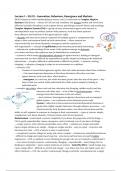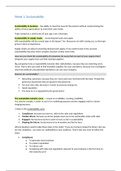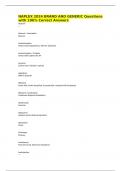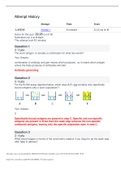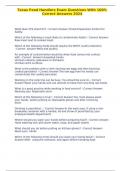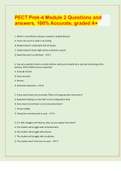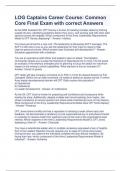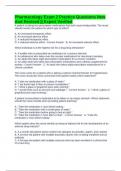Class notes
Notes lectures Innovation, Behaviour, Emergence and Markets (IBEM) (AM_1052)
- Course
- Institution
These are notes from all the lectures given for the course Innovation, Behaviour, Emergence and Markets (IBEM). This is also exam material.
[Show more]
